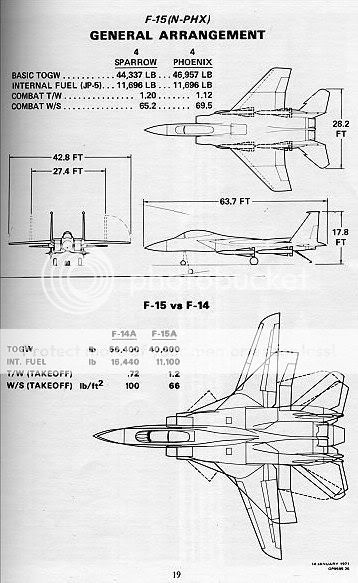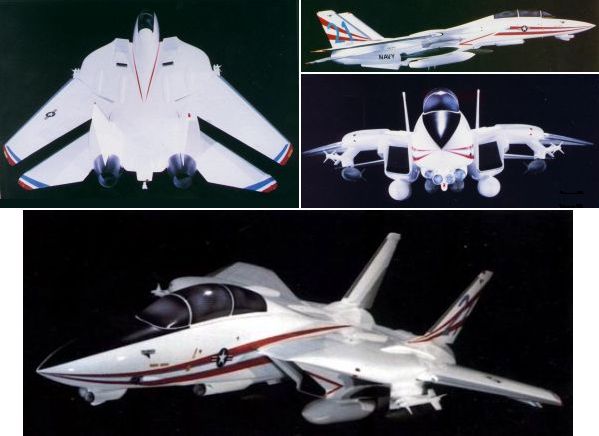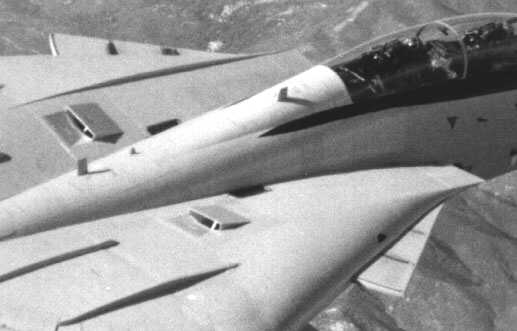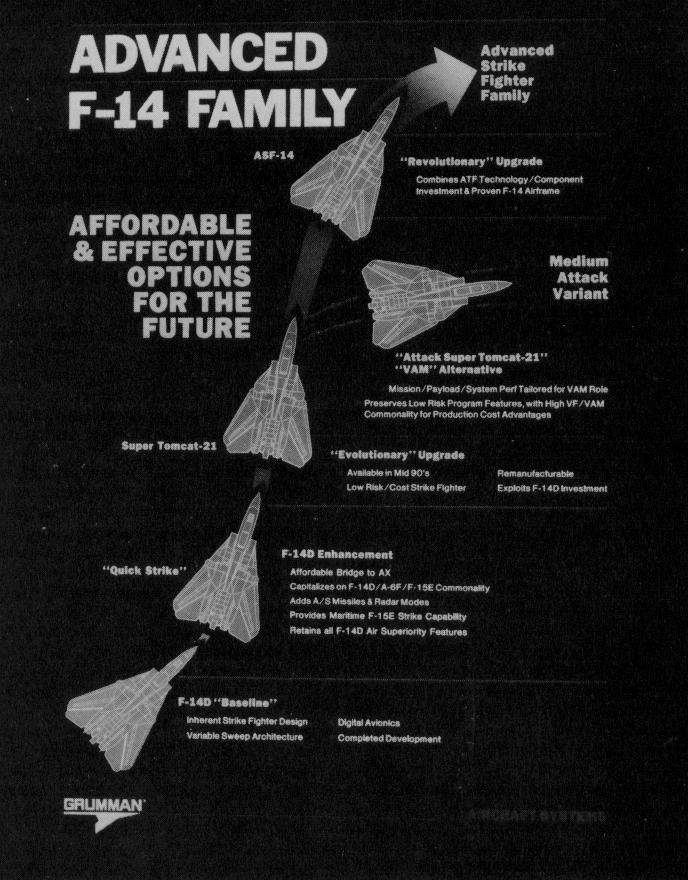Delta Force
Banned
What if the USN had gone with something similar to the F-15 and the USAF had gone with something similar to the F-14? The F-15 is a better universal airframe than the Hornet because of its size and performance envelope, and the F-14 is a potent fighter/interceptor which has better performance in some areas (maneuverability is rumored to be quite good). The F-15 is also a more simple design with a higher thrust to weight ratio (especially in early variants), which would allow it to operate from a wider variety of ships and better support Marine operations. There was a proposed F-15 variant with the Phoenix missile system, so the USN wouldn't have to give that up on interceptor aircraft. Using different variants with largely similar subsystems and airframe design and exchangeable FAST packs (historically only fuel packs were procured, but water injection, electronic warfare, reconnaissance packs, and weapons packs were also pdoposed) the Navy could replace several aircraft with F-15 derivatives and simplify logistics, important on an aircraft carrier.
The USAF could use more dedicated aircraft to take advantage of land operations, having the F-14 as a fighter/interceptor, the F-111 for strike, and the F-16 or another LWF design for light strike and visual range dogfighting. The F-14 and F-111 both share engines, and if the USAF decides to it can adopt F-16 engines for them. The USAF could procure a lightened single seat design without Phoenix.
This wouldn't be as unusual as it appears, as both services examined a variety of options. There were fixed wing designs examined during F-14 development that looked like the F-15, and the F-15 had its origins in swing wing designs that resembled the F-14. So, what if things had gone ddifferently, and they had ended up with the other design?
The USAF could use more dedicated aircraft to take advantage of land operations, having the F-14 as a fighter/interceptor, the F-111 for strike, and the F-16 or another LWF design for light strike and visual range dogfighting. The F-14 and F-111 both share engines, and if the USAF decides to it can adopt F-16 engines for them. The USAF could procure a lightened single seat design without Phoenix.
This wouldn't be as unusual as it appears, as both services examined a variety of options. There were fixed wing designs examined during F-14 development that looked like the F-15, and the F-15 had its origins in swing wing designs that resembled the F-14. So, what if things had gone ddifferently, and they had ended up with the other design?










